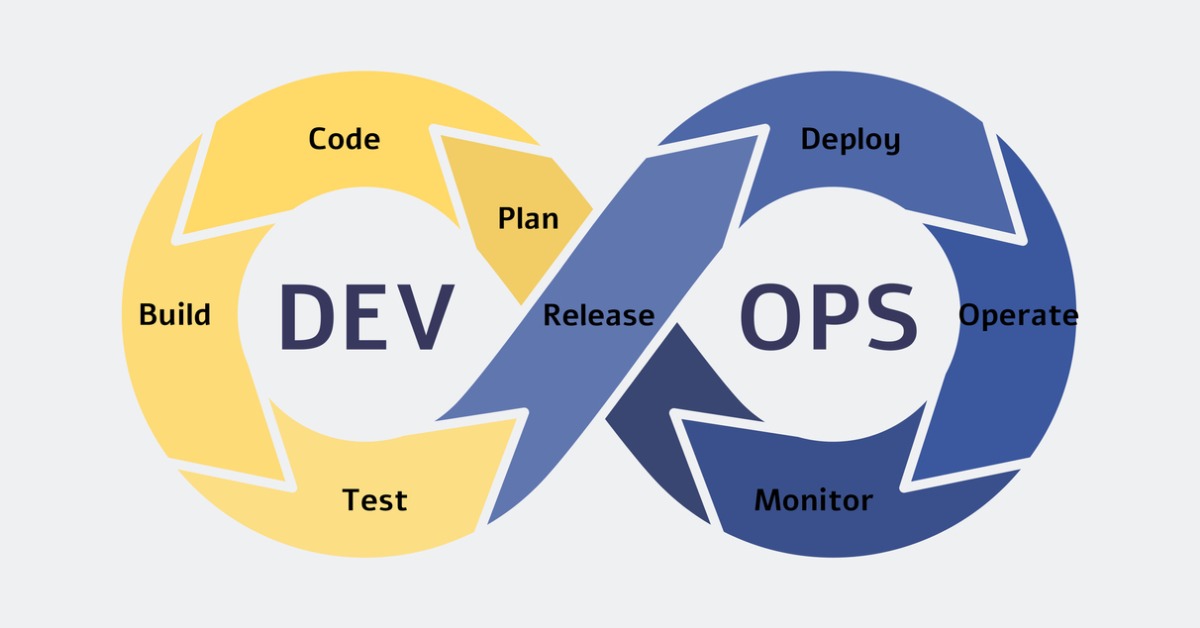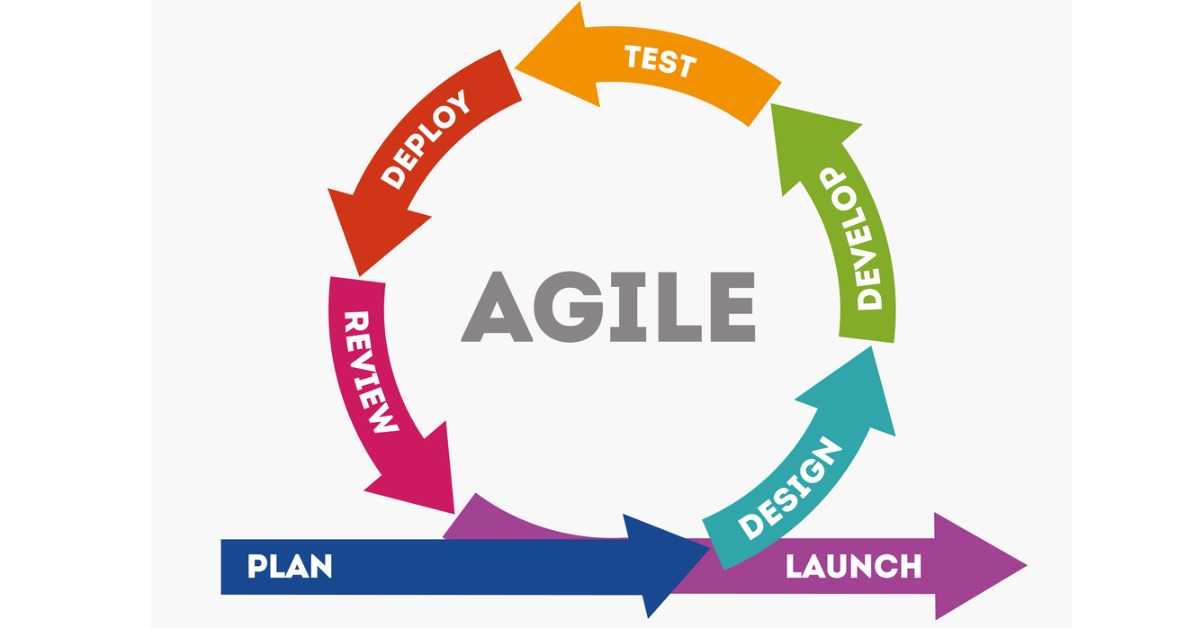DevOps vs Agile: Key Differences You Need To Know
Agile and DevOps are two widely used practices in software development. Both aim to deliver quality software promptly. While there are many similarities between DevOps and Agile, there also exist some differences. Companies that employ these development methodologies need to understand the difference between DevOps and Agile and the role these practices play. This article explains the difference between DevOps vs Agile in detail.
Check out the Best DevOps Courses
What is DevOps?
DevOps is a software development approach that fosters collaboration between Software Development (Dev) and Operations (Ops) teams. It focuses on communication, integration, and collaboration among IT professionals so that they can build, test, and release software rapidly and with greater efficiency.
This software development methodology is divided into planning, development, build, test, delivery, monitoring, and operations. It brings people, processes, and technology together to deliver continuous value. Using this approach, different teams can work together to efficiently perform all tasks involved in launching a new product, release, or update.
The principles listed below are the foundation of DevOps:
- Continuous Integration
- Continuous Delivery
- Version Control
- Continuous Deployment
- Continuous Testing
- Collaboration
- Continuous Operations
Features of DevOps
Here is the list of top features that DevOps offers:
- Broader scope: DevOps manages all stages of software development and delivery to ensure that the end product is reliable, and is released quickly.
- Automation: One of the objectives of DevOps is to automate workflows and create programmable processes to boost efficiency.
- Collaboration: DevOps facilitates cross-functional teamwork and inter-department collaboration. This results in an improved work environment for teams to work effectively.
To know more about DevOps, read our post – What is DevOps?
Best-suited DevOps courses for you
Learn DevOps with these high-rated online courses
What is Agile?
Agile is a software development methodology that focuses on the continuous iteration of development and testing in the SDLC process. The emphasis is on aligning development with customer needs and trends. It was introduced as an alternative to the traditional waterfall methodology that was unable to meet the expectations and challenges of the fast-paced continuous technological innovations. Agile focuses on iterative, incremental, and evolutionary development.
In simple terms, Agile focuses on continuously delivering small manageable increments of a project through iterative development and testing. It enables effective management of complex projects, improving communication and collaboration among team members and customers. There are many ways to implement Agile such as Scrum and Kanban.
The Agile software development has four core values:
- Customer collaboration over contract negotiation.
- Individuals and team interactions over the process and tools.
- Working software over comprehensive documentation.
- Responding to changes in a plan.
Features of Agile
Below are some of the key features of the Agile methodology of software development:
- Incremental Progress: With the sprints production approach help create a consistent development environment. It follows an iterative development cycle, where the complex projects are broken down into more manageable chunks.
- Productivity Tools: Agile offers several tools such as Kanban, JIRA, Trello, and Scrum to track wor, organize requirements and tasks, and monitor progress.
- Greater transparency key stakeholders: Agile emphasizes setting the right expectations and providing stakeholders full visibility into a project. The enables end-users to participate actively in the direction of the project by providing feedback throughout. Those who are involved in a project stay informed through Scrum meetings, sprint reviews, and progress charts.
Also Read: Agile Vs Scrum – Fundamental Understanding and Differences
DevOps vs Agile: Similarities
Below are the notable similarities in Agile and DevOps:
Both Agile and DevOps aim to enhance business productivity
While the approach of DevOps and Agile is different, they work towards achieving a common goal that is to boost the productivity of the business. Both practices follow a reliable approach and operate in a connected way.
Lean philosophy
Both Agile and DevOps have adopted and implemented the lean philosophy widely. This makes it easier for individuals to work as a team.
Collaboration
The emphasis of both is on successive collaboration in teams. The team members collaborate with each other in whichever method they opt for. It makes the process of sharing data and tools easy.
Must Read: Top Courses for Building a Strong DevOps Foundation
DevOps vs Agile: Key Differences
The following are the main differences between DevOps and Agile:
| DevOps | Agile |
| DevOps is the intersection of development and operations. | It is a continuous iterative approach with a focus on collaboration, customer feedback, and quick releases. |
| DevOps focuses on maximizing efficiency and increasing automation. | Agile strives to keep pace with customer needs and expectations. Thus, its focus is on the individual user. |
| It can be used in any department to manage a complex project. | Focused on the end-to-end engineering process. |
| Emphasis is on operational and business readiness. | Emphasizes functional and non-function readiness. |
| Requires large teams. | Needs smaller teams. |
| It focuses on constant testing and delivery. | This approach focuses on constant changes. |
| Feedback is provided by the internal team. | Feedback is provided by customers. |
| Importance is given to process documentation as the software will be sent to the operational team for deployment. | Importance is given to the working system over complete documentation. |
| It bridges the gap between development or testing and operations. | It bridges the gap between customer need and development & testing teams. |
| Documentation is essential to boost flexibility in the development process. | It focuses on communication over official documentation. It has sufficient documentation to ensure the teams collaborate well. |
| The primary goal is automation to maximize efficiency when deploying software. | There is no emphasis on automation |
| Popular tools include Puppet, Ansible, and Chef. | Popular tools include JIRA, Slack, Trello, and Bugzilla. |
Conclusion
In this blog on Agile vs DevOps, we learned that these methodologies are not mutually exclusive. Both software development methodologies have similar aims of getting the most efficient end-product quickly. But they are different in their approach. Both practices have many differences but when used together, these practices can lead to more reliable and efficient results.
FAQs
What are the benefits of Agile?
Agile is a software development methodology that offers many benefits. Some of the notable advantages of Agile include the Agility to respond rapidly to customer feedback; high-quality products; collaboration as it gives more importance to human interactions over processes; increased ownership; customer satisfaction; and increased productivity.
What are the advantages of DevOps?
DevOps is a culture that brings together Development and Operations to produce higher-quality software rapidly while saving time and money. The key advantages of DevOps are high speed; rapid delivery; scalability; collaboration; enhanced security; and reliability.
Has DevOps replaced Agile?
DevOps and agile both aim to deliver high-quality software quickly. While Agile has replaced the traditional waterfall model, DevOps has not replaced Agile. DevOps has borrowed some elements from the Agile methodology but both are different in their approach. Organizations can practice both Agile and DevOps together to achieve greater efficiency.
Which are the most popular DevOps tools?
Some of the top DevOps tools include Docker, Nagios, Jenkins, Splunk, Kubernetes, Git, and Selenium.
What is CI/CD in DevOps?
CI/CD stands for Continuous Integration and Continuous Development. This DevOps tactic enables companies to ship software efficiently and quickly. This modern software development practice provides an effective process so that an organization can get products to market faster, continuously deliver code into production, and ensure a smooth flow of new features and bug fixes.
This is a collection of insightful articles from domain experts in the fields of Cloud Computing, DevOps, AWS, Data Science, Machine Learning, AI, and Natural Language Processing. The range of topics caters to upski... Read Full Bio




